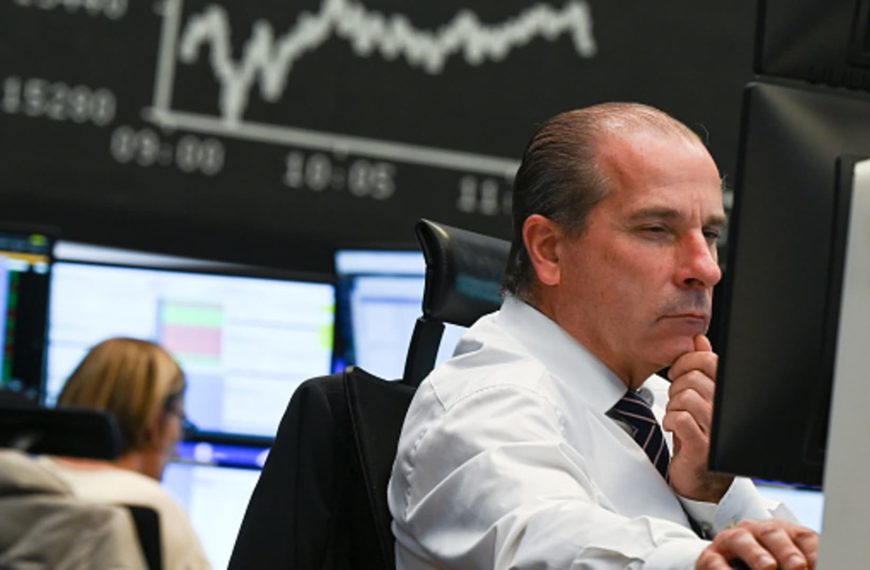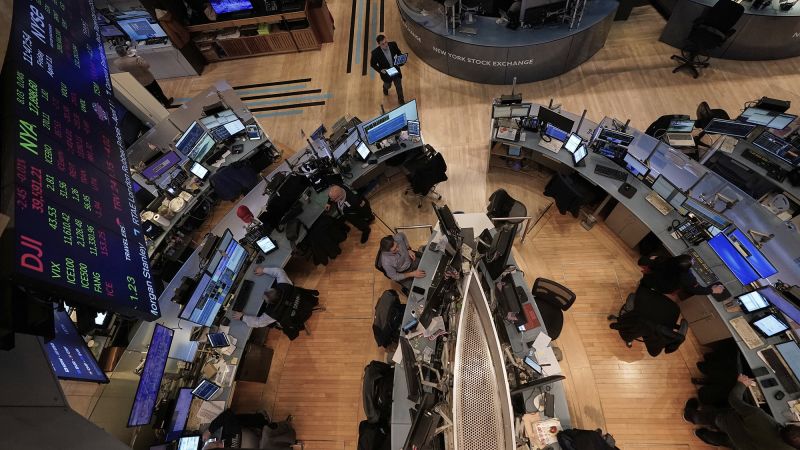European markets are bracing for a challenging start on Wednesday, weighed down by ongoing uncertainty about U.S. trade tariffs. As investor sentiment takes a hit, forecasts indicate that the U.K.’s FTSE 100 index may open 33 points lower, settling at 8,217. Similarly, Germany’s DAX is projected to decline by 53 points to 21,174, while France’s CAC is expected to drop 53 points to 7,279. Italy’s FTSE MIB is also set for a fall, with an anticipated 168-point decrease to 34,814, according to IG data.
Focus on Inflation and Earnings Reports
Today’s market outlook is especially pertinent as investors turn their attention to the U.K. inflation numbers for March. Additionally, earnings reports from significant players like ASML and Heineken are under scrutiny. As the markets react to these developments, the latest data from China, including growth statistics, industrial production, and retail sales figures, will also play a critical role. This comes in the wake of a new wave of tariffs instituted by U.S. President Donald Trump.
Positive Signs from China’s Economy
Recent state data from China reveals that the economy grew by an impressive 5.4% in the first quarter, surpassing expectations. However, despite this positive news, the looming threat of tariffs has prompted leading investment banks to revise their annual growth projections for the country downward.
Asia-Pacific Markets and U.S. Futures
Overnight trading in the Asia-Pacific region mostly reflected a downward trend, and U.S. stock futures have also dipped as investors prepare for the release of a crucial retail sales report and further earnings updates from the ongoing first-quarter season.
In after-hours trading, shares of Nvidia experienced a significant drop of over 6% following the company’s announcement of a $5.5 billion quarterly charge linked to the export of its H20 graphics processing units to China and other international markets.
As these developments unfold, investors are keenly watching for any signs that could influence market trajectories. The combination of geopolitical factors and economic indicators will likely dictate trading patterns in the coming days.











